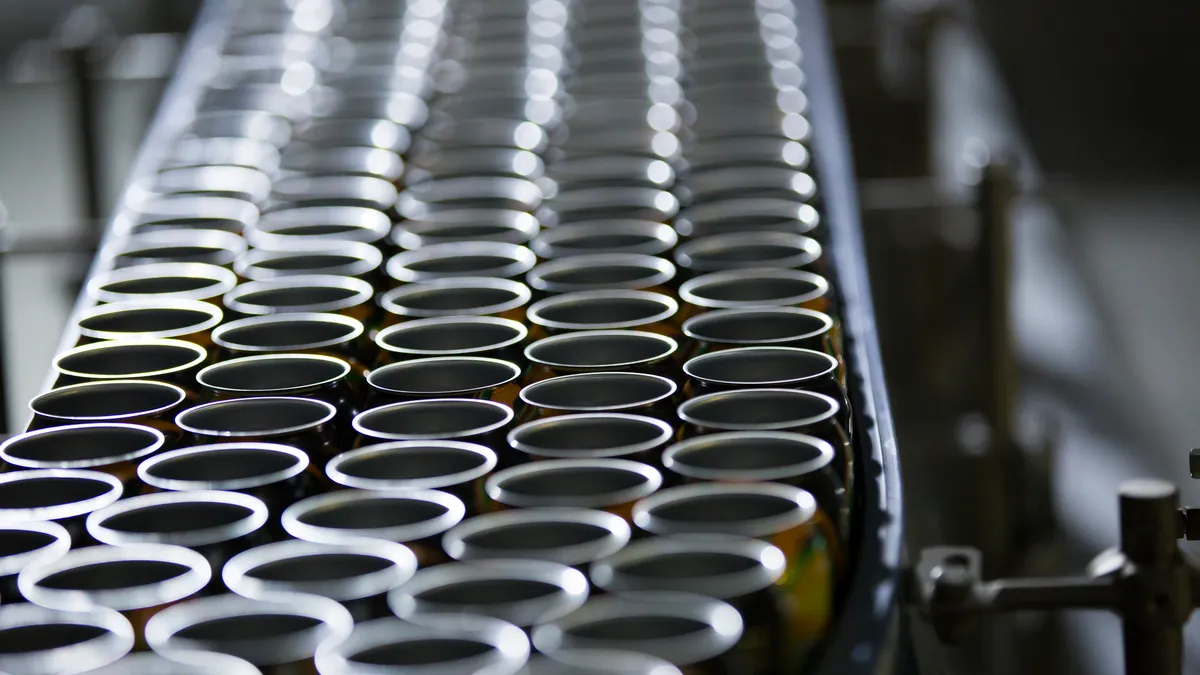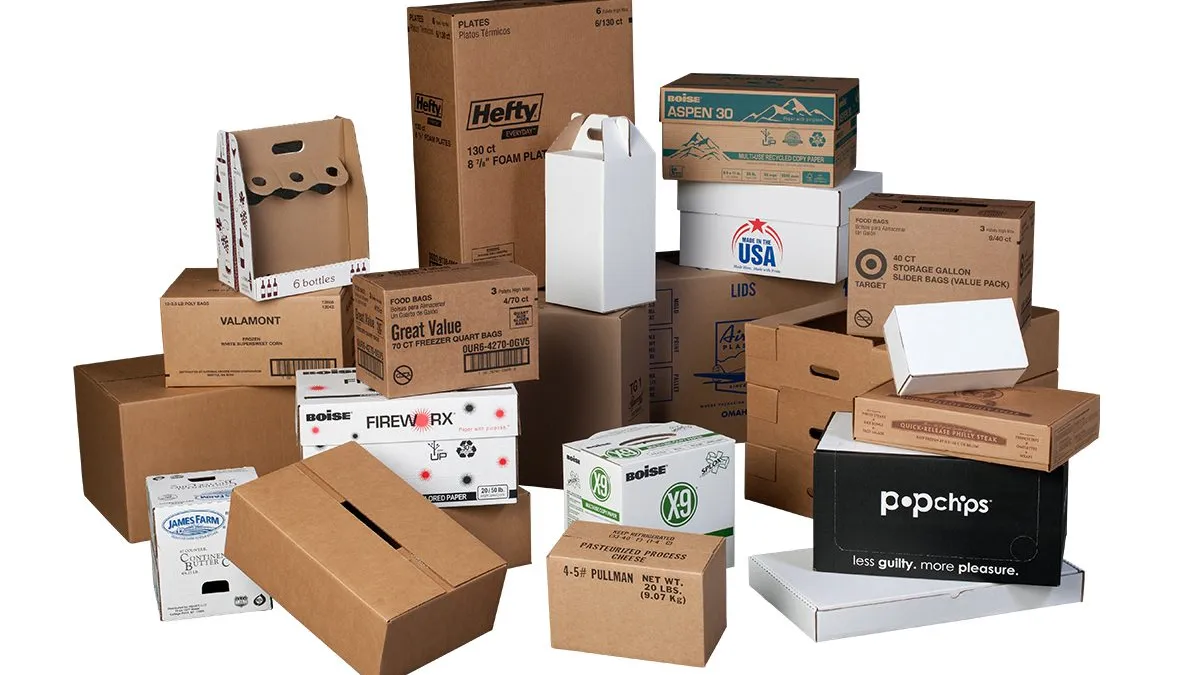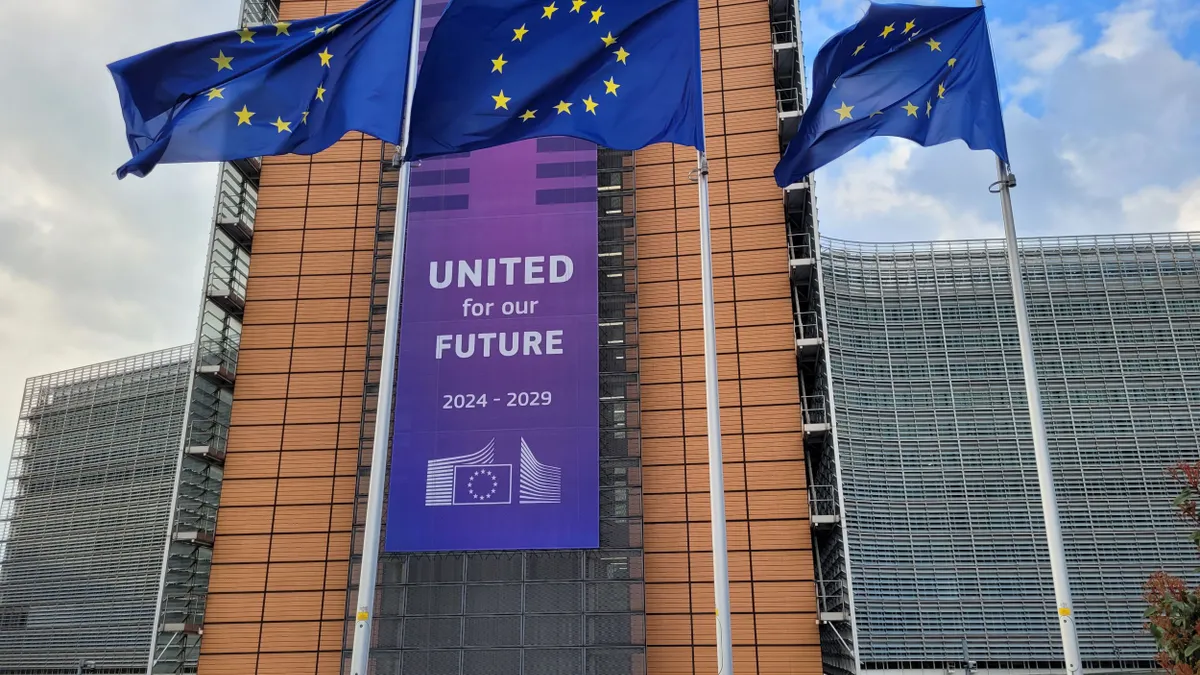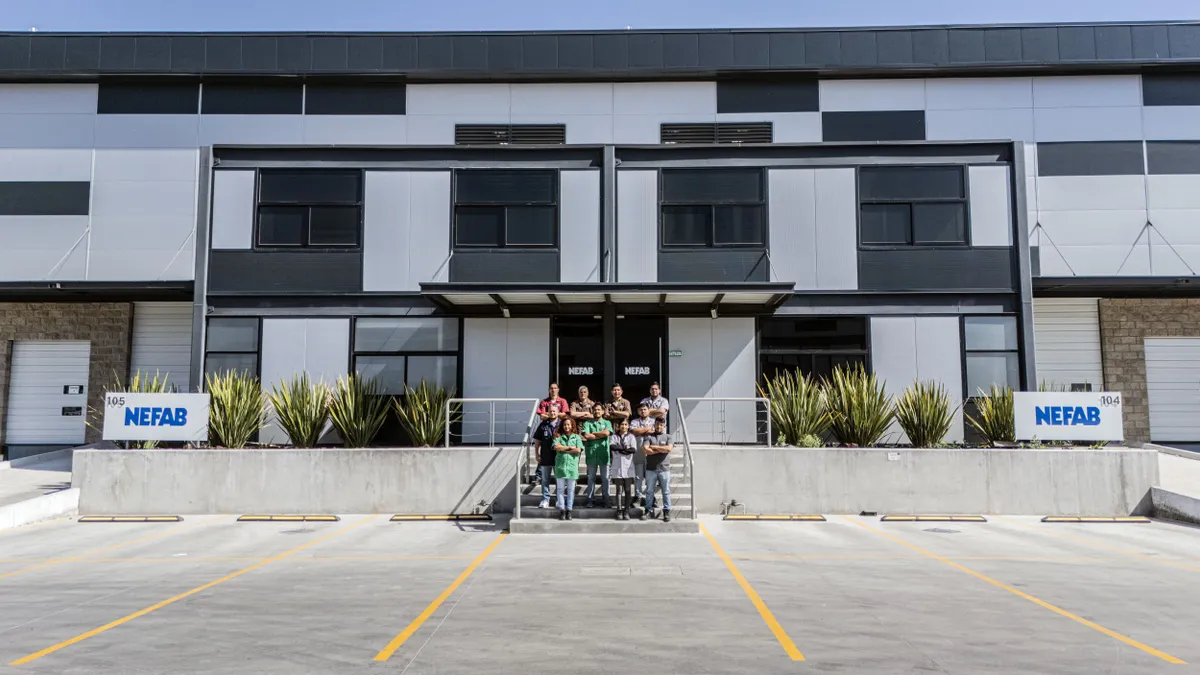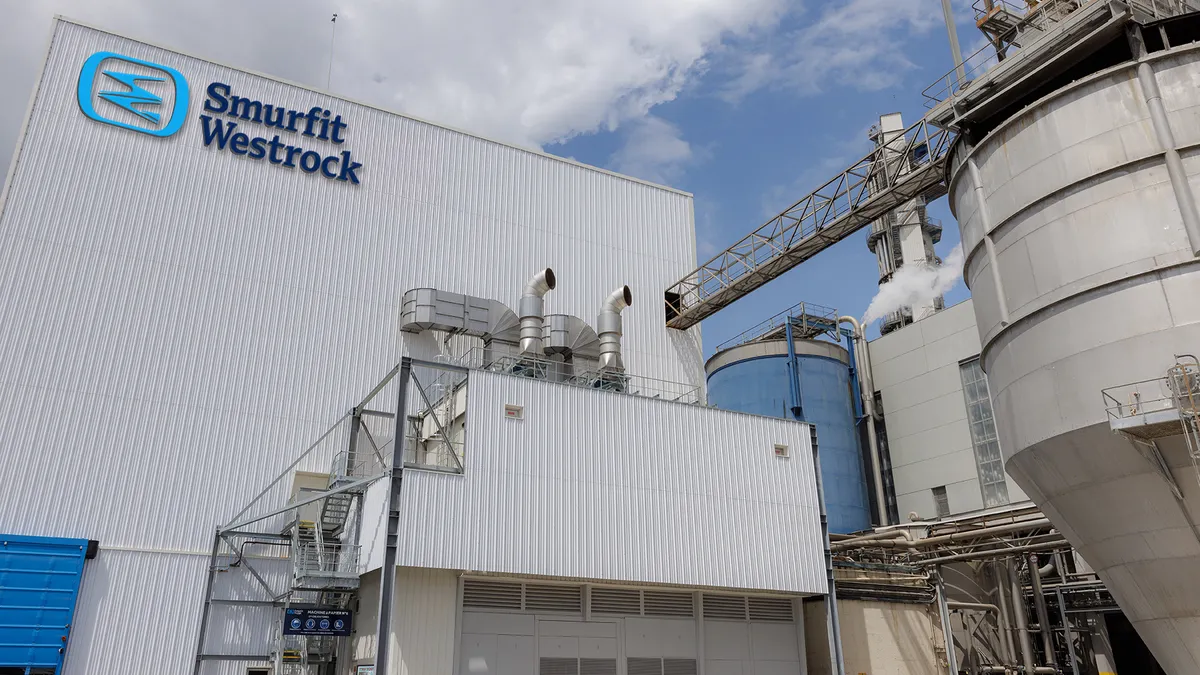Paper and packaging emerged from the pandemic with a “blockbuster 2022,” with nearly every company posting record profits, according to consulting firm Bain & Co.’s 2023 report examining the sector. But challenges in 2023, such as dipping demand, have created an environment that’s “more turbulent than ever.”
The report, released in August, suggests that “best-in-class” companies engage in scenario planning to navigate the turbulence, and that companies overall are prioritizing sustainability and M&A opportunities.
Broken into nine sections, Bain’s analysis also covers the role of private equity in the industry, which substrates are most sustainable and what the “mill of the future” might look like. Four of the sections specifically address sustainability-related topics.
Navigating turbulence
Successful companies do not resist disruption — they embrace it, the report said. Employing a dynamic strategy that works broadly across different business scenarios — instead of working well in only one context — can help companies become more sustainable, reach full potential and become future ready.
The authors contend that most businesses rely on traditional strategy approaches — analyzing trends, making forecasts and rigidly following a set of actions — despite recent turbulence such as the COVID-19 pandemic, new regulations, record high inflation and surging operational costs. However, they say this approach is not adequate and leading companies should instead identify and prepare for possible future scenarios.
“External pressures and disruptions are at an all-time high, and companies can’t afford to ignore uncertainty when planning and implementing strategy,” the report said.
While scenario planning is not new, the report authors say executives used to do it every few years as more of a thought exercise. But it’s now “mission critical given the ever-increasing turbulence.”
The report suggests that “downturns are a great time to gain market share” via M&A. Allocating capital toward the right R&D projects also is critical, while still baking in flexibility. In addition, automation cuts costs while improving safety.
Private equity and M&A
Over the past decade, the paper and packaging sector has had twice as many M&A deals, relative to sector size, than the broader manufacturing sector, the report said. More than 2,000 merger and acquisition transactions have occurred since 2007, with 84 transactions topping $1 billion and 11 deals greater than $5 billion.
“This flurry of M&A activity comes both from strategic paper and packaging investors who are filling gaps in their portfolios as well as external private equity (PE) players that are creating standalone value with new acquisitions,” it said.
Despite all the activity, the “packaging market is still very fragmented across many regions, offering plentiful M&A opportunities going forward,” the report predicted. It specifically cited small and mid-sized players’ potential to achieve scale via consolidation.
However, market maturity values differ by substrate. For example, metal and glass packaging markets are “reasonably consolidated” while plastics is at a midpoint, the report contended. By contrast, paper is relatively unconsolidated and presents the greatest opportunities.
In addition, paper-related deals have proven more profitable than plastic or glass. Key end markets, including packaged food, home care and pharmaceuticals, showed resilience during economic challenges such as the 2008-2009 financial crisis and COVID-19 pandemic.
Sustainability
The paper and packaging industry comes under sustainability scrutiny on multiple fronts, the report said.
Base material and packaging production consumes large amounts of energy and generates greenhouse gas emissions, plus a lot of packaging is used once and then ends up as litter. “The pressure on paper and packaging executives to become more environmentally friendly has never been higher,” the report said.
The number of paper and packaging companies that verified or committed to science-based targets ballooned from five in 2019 to 164 in 2022, according to Bain’s analysis — a nearly 500% increase. However, more than 30% of those companies are not on track to achieve their near-term scope 1 and scope 2 (direct) emissions targets, and about 41% are expected to miss their scope 3 (indirect) emissions targets.
Substrate sustainability debates are intensifying, but different companies are looking at sustainability in different ways, the report suggests. Arguments span factors including material recyclability, biodegradability, compostability and carbon footprint.
“[T]here is still not a shared understanding of what is necessarily the preferred or most sustainable type of packaging,” it said. “What is clear, however, is that packaging producers must proactively focus the discussion around substitution and provide solutions to consumer packaged goods (CPG) companies, retailers, and consumers.”
Full life-cycle analyses are considered a proactive strategy for assessing each substrate’s environmental impact. An LCA should examine properties along a product’s life, from raw materials to end-of-life disposal, including emissions from transport, whether it’s made from a bio-based material, and its biodegradability.
Although many companies previously considered sustainability and decarbonization initiatives an expense, more are discovering that a holistic approach to sustainability can actually save money and grow revenue, the authors said. Effectively leveraging sustainability cost savings and commercial strategies can help companies achieve a four- to six-percentage point increase in earnings before interest, taxes, depreciation and amortization, according to the report.
Successful companies blend short-, medium- and long-term strategies, the report said. Bain shared the example of one unnamed paper company whose short-term actions included switching to a less carbon-intensive fuel, medium-term projects included investigating biomass for electricity production and long-term projects included equipment electrification and switching from natural gas to hydrogen for fuel.
Waste reduction and product recyclability are also factors considered in sustainability, with emerging technologies helping to advance those areas. However, the report cautions about over-reliance on a single new technology.
“To achieve their 2030 targets, companies shouldn’t count on chemical recycling or industrial composting, given that both technologies won't be available on a large scale by the end of this decade. On the other hand, mechanical recycling will get more effective and still should be the dominant technology by 2030,” it said.
Regardless of which strategies a company employs to become more sustainable, “success means starting early and taking some calculated risks,” the report said.



